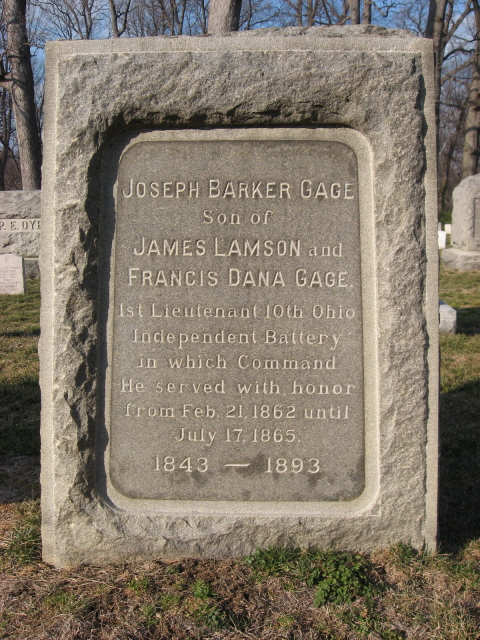A SAD DAY IN WASHINGTON
Funerals For The Victims of The Disaster of Friday
WASHINGTON, June 11, 1893 – The remains of the dead victims of the wreck of Ford’s Theater Friday have nearly all been disposed of. Washington was today a city of funerals, and all day long mourners have gone about the streets.
Nearly all of the men were members of various military or civic organizations, and their comrades in each case attended their funerals and escorted their remains.
J. B. Gage was a Grand Army man and Kit Carson Post gave him a military funeral and buried him among his comrades at Arlington.
What remained of Otto F. W. Maeder was interred at Arlington after services by a German Lutheran minister.
The Garfield Post, Grand Army of the Republic, interred at Arlington the body of their late comrade J. E. Chapin.
BUSSIUS, JOHN
PVT CO A 4TH MICH CAV
- DATE OF DEATH: 06/09/1893
- BURIED AT: SITE 10081
- ARLINGTON NATIONAL CEMETERY
Bussius, John, Government Clerk, Resided at 1317 I Street, N. E. Washington, D.C.
Born 1838 at Monroe, Michigan
CHAPIN, JOHN E
2D LT E 7TH MO CAV UNION CW
- DATE OF DEATH: 06/09/1893
- BURIED AT: SITE LOT 678
ARLINGTON NATIONAL CEMETERY
GAGE, JOSEPH BARKER
LT 10 OHIO LT BATTY CW
- DATE OF DEATH: 06/09/1893
- BURIED AT: SITE LOT 758
ARLINGTON NATIONAL CEMETERY
MEDER, OTTO (MAEDER, OTTO F. W.)
PVT 4 US CAV
- DATE OF DEATH: 06/09/1893
- BURIED AT: SECTION 10476
ARLINGTON NATIONAL CEMETERY
Following the assassination of President Abraham Lincoln at Ford’s Theater in April 1865, the United States Government seized the theatre, with Congress paying Ford $100,000 in compensation, and an order was issued forever prohibiting its use as a place of public amusement.
The theatre was eventually taken over by the U.S. military and served as the home of the War Department records on the first floor, the Library of the Surgeon General’s Office on the second floor, and the Army Medical Museum, during the period 1866-1887.
In 1887 the medical uses were eliminated and it became a War Department clerk’s office. The front part of the building collapsed on June 9, 1893, and killed 22 of those clerks, injuring another 68. This led some to believe that the former church turned theatre and storeroom was cursed. The building was repaired and used as a government warehouse until 1931.
It languished unused until 1968. The restoration of Ford’s Theatre was brought about by the two decade-long lobbying efforts of Democratic National Committeeman Melvin D. Hildreth Jr. and Republican North Dakota Senator Milton D. Young. Hildreth first suggested to Milton the need for its restoration in 1945. Through extensive lobbying of Congress, a bill was passed 1955 to prepare an engineering study for the reconstruction of the building. In 1964 Congress approved funds for its restoration, which began in 1964 and was completed in 1968.
Since then, Ford’s Theatre has been both an active theatre presenting plays and musicals and a historic site remembering the assassination of the 16th U.S. President. The museum beneath the theatre contains portions of the Olroyd Collection of Lincolniana. On display are multiple items related to the assassination, including the Derringer pistol used to carry out the shooting, Booth’s diary, and the original door to Lincoln’s theatre box. In addition, some of Lincoln’s family items, his coat (without the blood stained pieces), Lincoln’s blood-stained pillow that he had died upon, some statues of Lincoln, and some large portraits of the president, are on display in the museum.
Michael Robert Patterson was born in Arlington and is the son of a former officer of the US Army. So it was no wonder that sooner or later his interests drew him to American history and especially to American military history. Many of his articles can be found on renowned portals like the New York Times, Washingtonpost or Wikipedia.
Reviewed by: Michael Howard

